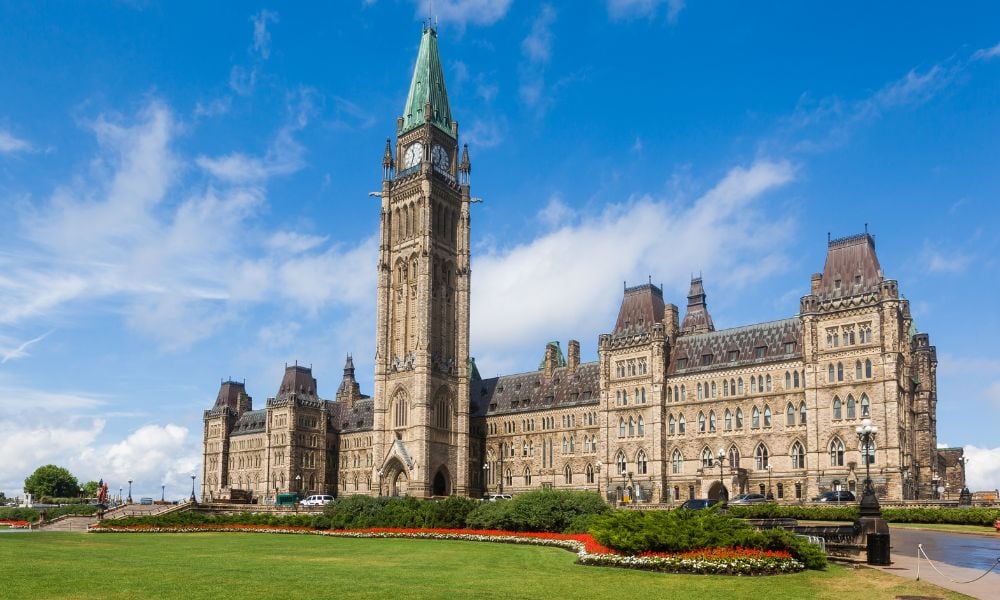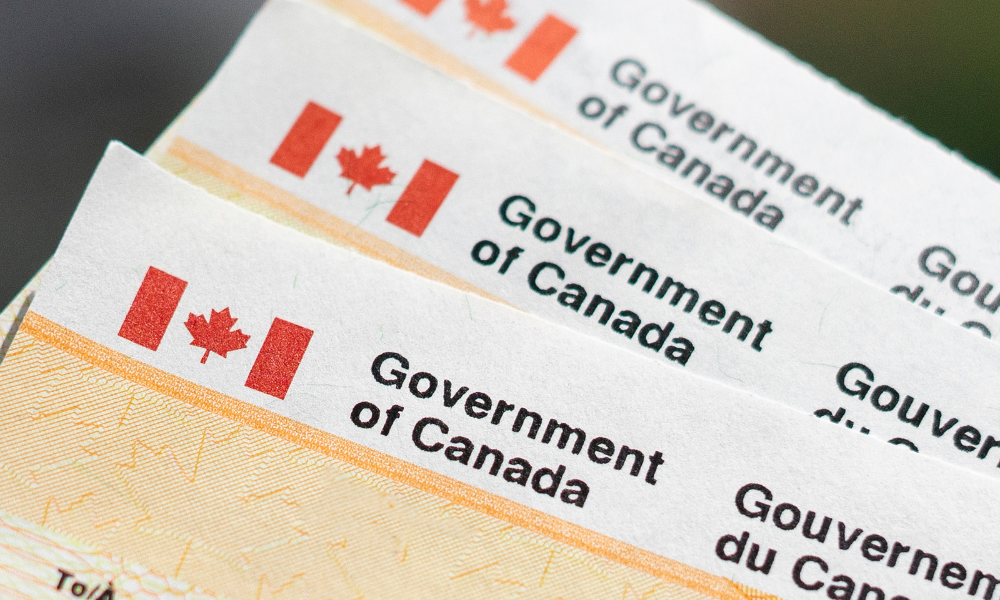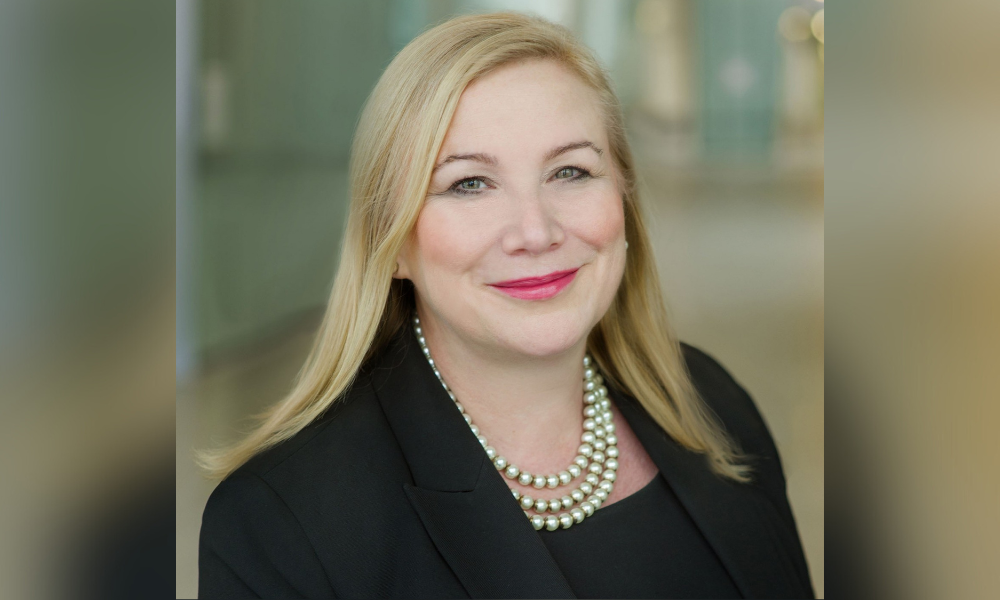Feds looking to find more healthcare professionals for under-served communities

In hopes of addressing healthcare worker shortages in some parts of Canada, the federal government is increasing loan forgiveness by 50 per cent for doctors and nurses working in under-served rural and remote communities.
This marks a 50 per cent increase to the maximum amount of forgivable Canada Student Loans for eligible family physicians, family medicine residents, nurses and nurse practitioners working in under-served rural and remote communities.
With these changes, a family physician or family medicine resident will be forgiven up to $60,000 while a nurse or nurse practitioner will be forgiven up to $30,000.
The Canada Student Financial Assistance Program provides Canada Student Grants and Canada Student Loans to help students pay for their post-secondary education.
“During the pandemic, we saw first-hand how important our health workforce is, especially in rural and remote communities. With these regulatory changes, we are improving our support for health workers as well as offering needed quality health care to people living in Canada’s under-served rural and remote communities,” says Randy Boissonnault, minister of employment, workforce development and official languages.
The latest development is also part of the federal government’s investment of over $200 billion over 10 years to improve health care for Canadians.
Approximately 3,000 doctors and nurses will benefit in the first year of implementation of the loan forgiveness adjustment, according to the federal government. And it would reach up to 8,000 per year by 2032–2033, it says.
Should pharmacists be covered by loan forgiveness?
However, one groups is hoping the loan forgiveness will apply to more workers.
“[Canadian Pharmacists Association] CPhA and Canadian Association of Pharmacy Students and Interns (CAPSI) continue to call on the federal government to expand the Canada Student Loan forgiveness program to also include pharmacists practicing in rural and remote communities,” according to a LinkedIn post.
The federal government also expects the loan forgiveness adjustment to attract nearly 1,200 new doctors and 4,000 new nurses to under-served rural and remote communities across the country over a 10‑year period.
Boosting residency spots
Asked by reporters why the Liberals aren't instead expanding the number of residency spots, Boissonnault pointed to the cross-Canada funding agreements the federal government has secured with provinces and territories.
"The money's there and the provinces and universities can allocate it, and they should allocate it in these spaces. But at the same time, it's not just about more medical residencies, and more medical spaces. It's about recognizing the medical professionals who are already here," he says in a CTV News report.
"Providing more student loan debt relief will encourage more young people to become doctors and nurses, to practice in underserved areas of our country or communities that have told us they have a hard time attracting new family doctors and nurses."
Recently, the Ottawa and Ontario governments signed a $3.1-billion, 10-year agreement for major enhancements to the health care system in the province.
Budget 2022 committed $26.2 million over four years starting in 2023–2024, and $7 million per year ongoing for the improvements in Canada’s health care system. In addition, through Budget 2023, Ottawa announced plans to expand the definition of rural communities to include all communities with populations of up to 30,000, starting in 2024–2025.




